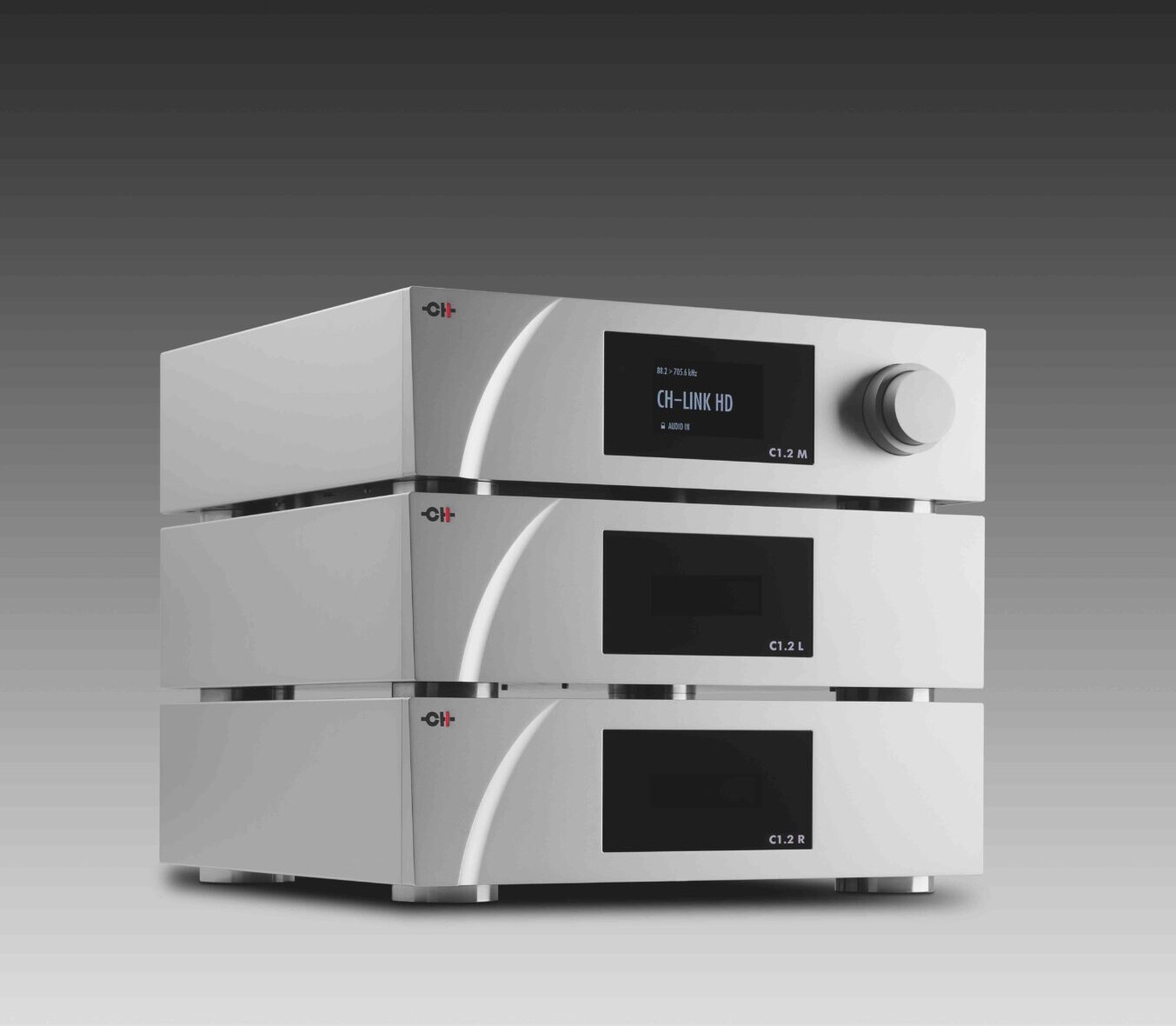
But we’re still not finished, with a third set of options governing the C1.2’s actual operation. These cover everything from the colour of the display (if the seven standard colours don’t match your décor, you can input your own RGB cocktail) to its content and whether or not the standby LED is lit when the unit is playing. You have control over absolute phase, balance and stereo/mono output. You can set the gain, input impedance, clock source and name for each installed input – or defeat it entirely. Thus, if you have an Analog-In card fitted, but you are only using the XLR input, you can remove the RCA input from the source selection cycle. You can do the same with unused digital connections. The Ethernet input can operate as both a standard Ethernet connection or a Roon end-point, as required. If the volume control is active, you can set start level, maximum level, overall gain and decide whether you want a volume or status readout on the display. Multiply those options by the number of inputs and that’s a lot of settings!
It is entirely possible to navigate the extensive menus and settings, as well as any operational short-cuts you might have opted for, from the dual-concentric control on the front pane, while the diminutive IR remote control covers most of the basic functions (power/mute, volume up/down, source select, phase invert and mono/stereo). However, the assumption is that you will use the CH Control App to both configure and operate the C1.2. This Android-only App has caused more than a few Apple-owners to raise a quizzical eye-brow – but (as always) there’s method behind what might at first be considered madness.
Android tablets are considerably cheaper than the Apple alternatives. Cheap enough that it is entirely practical to have one dedicated to your audio system, controlling not only all of your CH components but your streaming services and locally stored files too. Because the Android operating system is more stable (in terms of the number and frequency of updates) CH has been able to create an attractive, comprehensive and intuitive interface – that doesn’t require updating every time there’s a new iOS! All told, the Android-only path makes considerable sense – even if its advantages aren’t immediately apparent.
In use, the App, the large diameter control knob, the IR remote hand-set and above all, the plethora of information available on the screen makes the C1.2 easy to operate, while that dual-concentric knob in particular, has a luxuriously smooth and precise feel. There’s also something undeniably classy about the uncluttered and beautifully proportioned front-panel. Having enjoyed access to both the C1 and the C1.2 for considerable periods of time, I can attest to just how stable and operationally invisible the CH DAC becomes, how easy it is to add or reconfigure its inputs and how quickly you simply forget that it’s there, taking its consistent, musical excellence for granted.
Listening to the C1.2 (and not forgetting the C1 too…)
Normally, I listen to products in a broad, system context. However, the C1.2 presents one of those unusual situations in which a direct comparison with (in this case) its predecessor is not only possible, it actually makes sense and answers an important question; is the upgrade significant and musically worthwhile. With that in mind, my initial listening revolved around the C1, C1.2 and the D1.5 (operating in both player and transport mode). In fact, in some ways, this sonic story starts with the D1.5…

